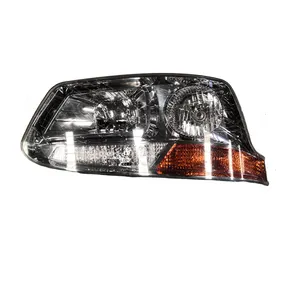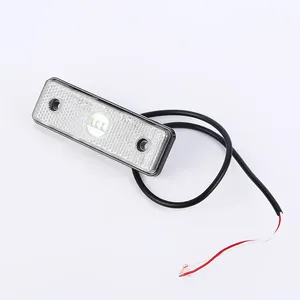Exploring Bus LED Tail Lights
LED tail lights for buses are an essential component in vehicle safety, ensuring that buses are visible to other road users in low light conditions. This category encompasses a variety of lighting solutions designed to serve as warning indicators and communication signals to other vehicles on the road.
Types and Compatibility
When selecting bus led tail lights, compatibility is key. Options are available for a range of voltages, commonly 24v and dual-mode 12v / 24v systems, catering to different bus models. Whether upgrading a VW bus with LED tail lights or sourcing lights for a fleet of city buses, there is a spectrum of compatible products to fit various makes and models.
Material and Durability
The construction materials of bus led tail lights are chosen for durability and longevity. Most units are housed in robust casings that resist weather and impact, ensuring they remain functional in diverse operating conditions. The LED technology within these lights is known for its long life span, providing a reliable lighting solution.
Design and Features
Modern bus led tail lights are not only functional but also feature sleek designs that can enhance the aesthetic of the vehicle. They come in various colors such as white, red, and amber, offering clear and bright illumination. Advanced models may include integrated turn signals or brake lights, contributing to a higher level of safety.
Advantages of LED Technology
The advantages of using LED technology in tail lights are numerous. LEDs consume less power, have a quicker response time, and offer a brighter light output compared to traditional halogen bulbs. This makes LED tail lights for buses an energy-efficient and effective choice for safety lighting.
Environmental Considerations
Switching to LED tail lights is not only beneficial for safety but also for the environment. LEDs are more energy-efficient, reducing the carbon footprint of the buses they are installed on. Additionally, their longer lifespan means fewer replacements and less waste.











































 浙公网安备 33010002000092号
浙公网安备 33010002000092号 浙B2-20120091-4
浙B2-20120091-4